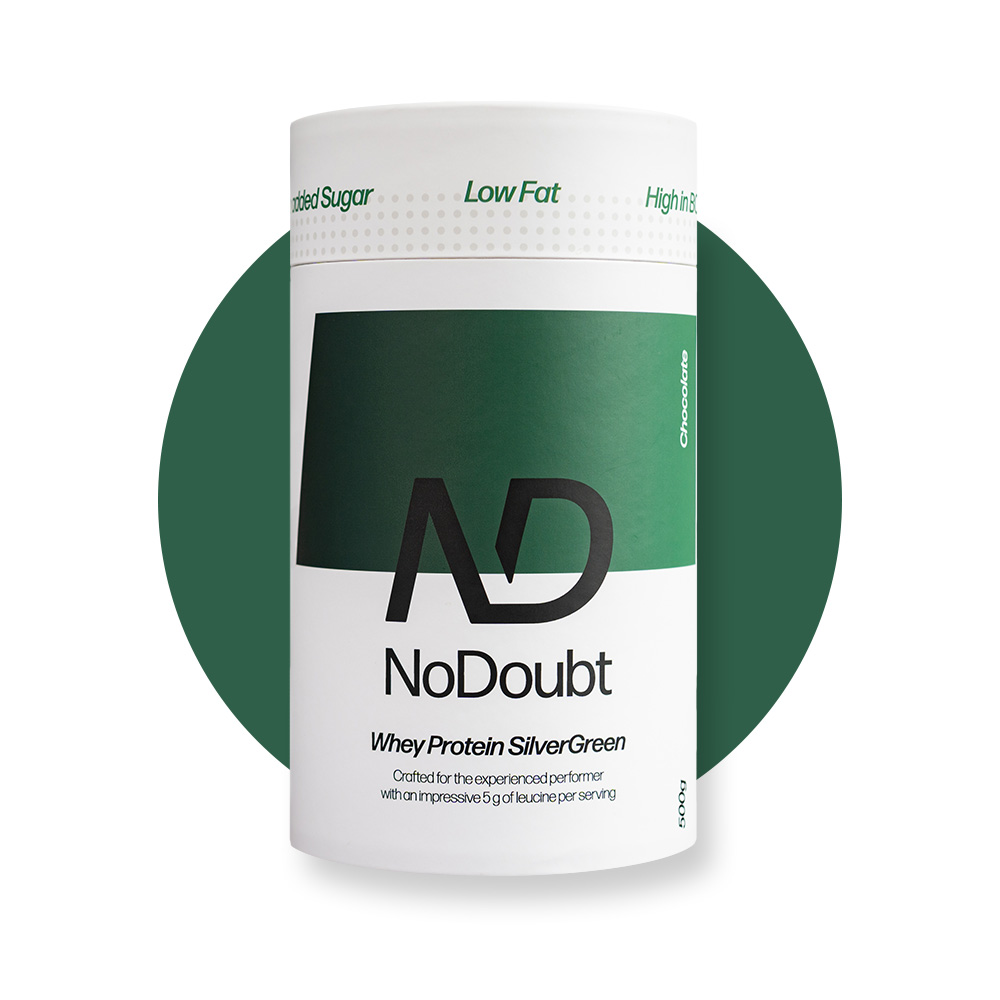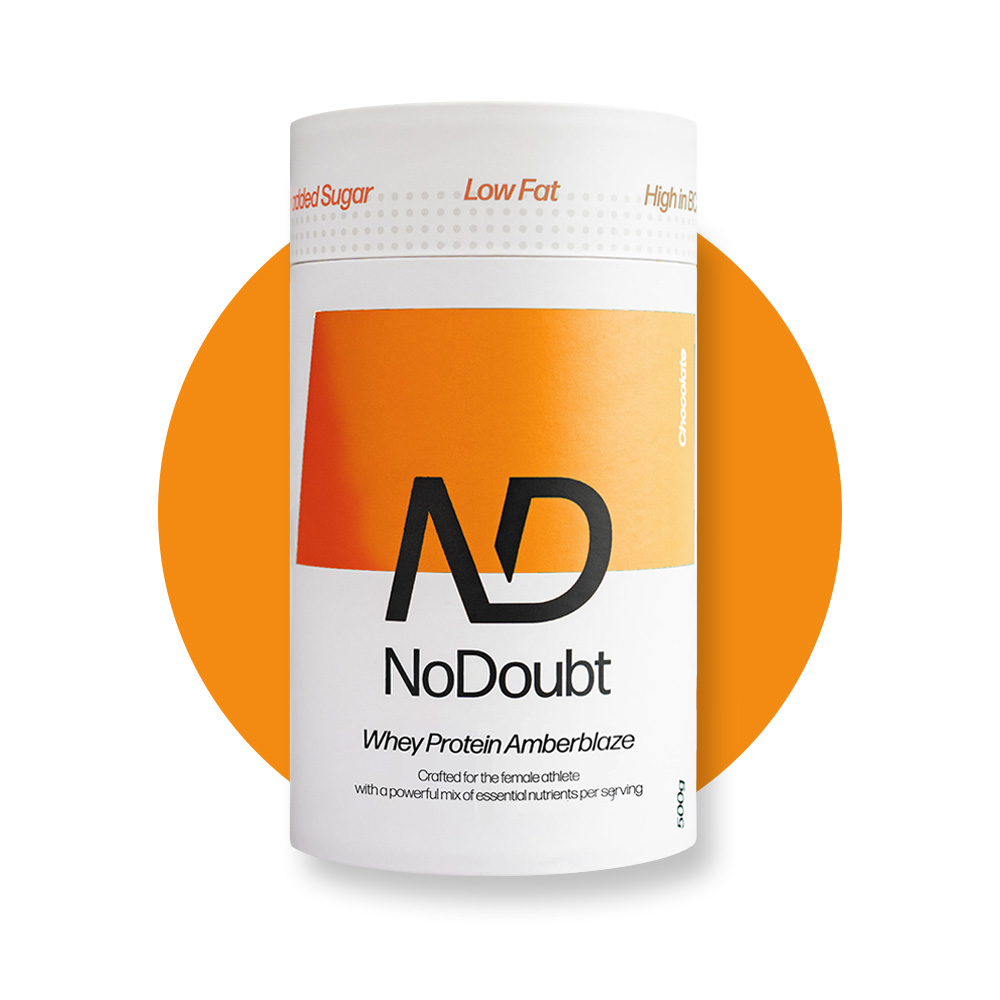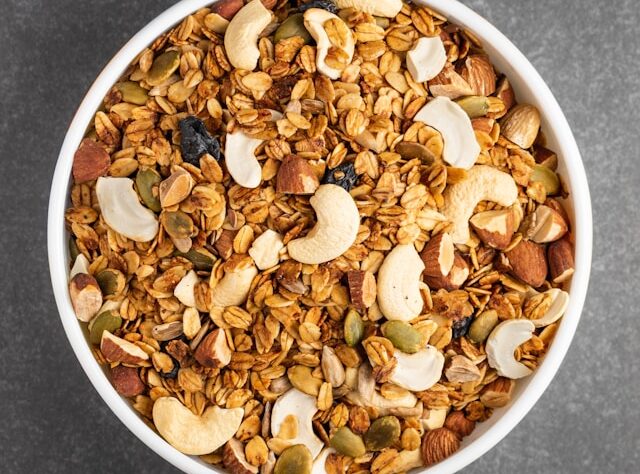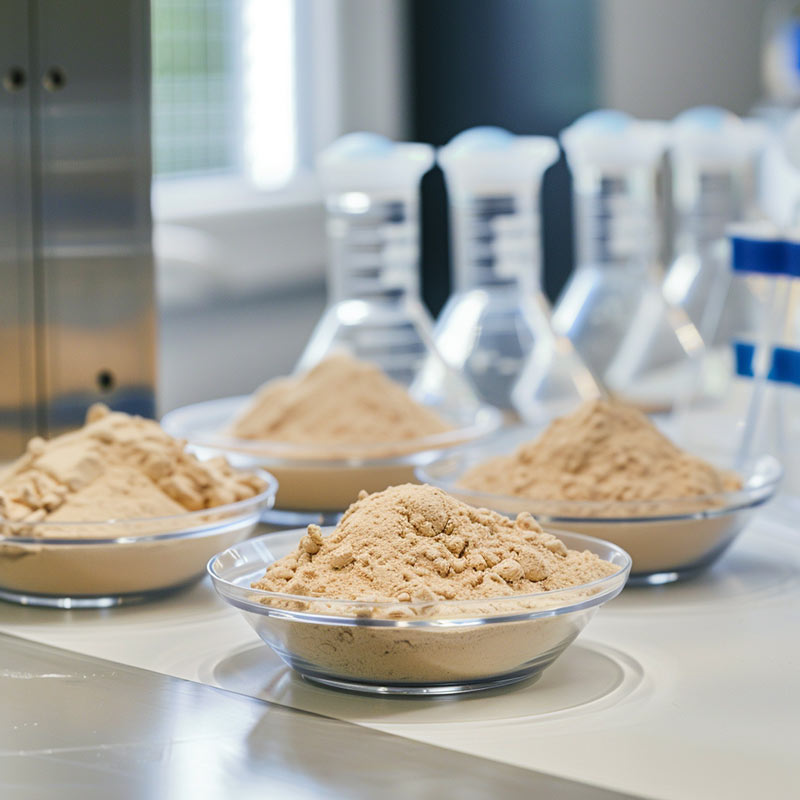NMN and Longevity – A Look Behind the Scenes of the Latest Anti-Aging Hype
Everywhere you hear the promise: “Fight aging with NMN Longevity!”
But does this small molecule truly hold the key to a long and healthy life?
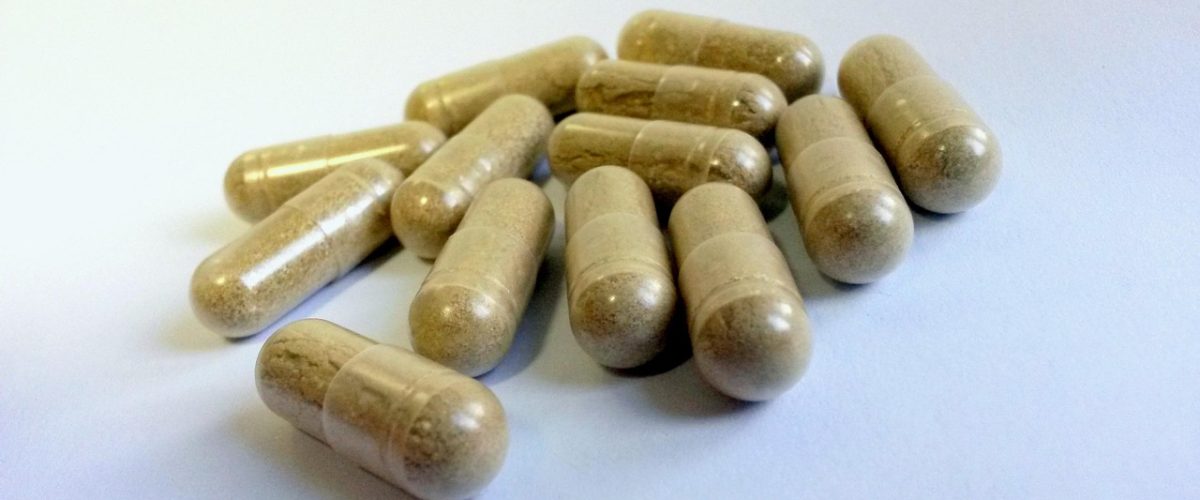
“Fight aging with NMN!” – few topics in the longevity field are currently making as many headlines. But what is really behind the hype, and what role could NMN actually play?
This article aims to provide clarity, orientation, and a basis for informed decision-making. Rather than offering simplistic answers, it is worth taking a closer look: whether NMN is helpful depends greatly on context, individual health, and the availability of long-term research data.
Why NMN Is So Interesting in the Longevity Context
The fascination with NMN originates from a molecule called NAD⁺ (nicotinamide adenine dinucleotide). It acts as a central switch in our cells and is involved in countless processes:
- Energy production in the mitochondria
- DNA repair
- Defense against oxidative stress
- Regulation of cellular aging processes (e.g., activation of sirtuins)
As we age, NAD⁺ levels decline sharply – some researchers even speak of an “NAD⁺ deficiency syndrome.” The consequences: less energy, increased inflammation, and accelerated aging.
The hypothesis: if we could restore NAD⁺ levels, we might slow down the aging process.
Why We Cannot Supplement NAD⁺ Directly
It might seem obvious to simply take NAD⁺ as a supplement. But this is not practical: the molecule is unstable and quickly broken down in the gastrointestinal tract – reverting to vitamin B3 (niacin) – before it reaches the bloodstream. Its bioavailability is extremely low.
Because NAD⁺ cannot be effectively supplemented, researchers have turned to precursors that can be converted into NAD⁺ inside the body. This is where NMN (nicotinamide mononucleotide) comes into play – a natural precursor of NAD⁺. NMN is more stable, can be absorbed through the intestine, and converted to NAD⁺ within cells by the enzyme NMNAT. In theory, this makes it possible to replenish NAD⁺ levels.
What the Market Promises – and What the Evidence Says
- Animal studies: Mice receiving NMN remained active for longer, showed improved insulin sensitivity, healthier muscles, and in some cases even a longer lifespan.
- Early human studies: Initial investigations suggest that NMN can temporarily raise NAD⁺ levels in the blood. Participants also reported improved energy and better metabolic markers.
But caution is warranted: These studies have generally been short-term (weeks to a few months) and involved small groups of participants. Reliable conclusions about long-term use or effects on complex health conditions are not yet possible.
The Big BUT – Why NMN Is Not Without Concerns
NMN can only unfold its potential if it is efficiently converted into NAD⁺. This crucial step depends on a specific enzyme called NMNAT. And here lies the weak point:
- As we age, the activity of this enzyme tends to decline.
- Chronic conditions such as diabetes or low-grade (often unnoticed) inflammation can further slow the process.
- Genetic variations may also impair how well NMNAT functions.
If NMN is not properly converted into NAD⁺, it can accumulate in the body – particularly in sensitive nerve tissue. A widely cited study published in Neuroscience Research showed that an excess of NMN can damage the axons (the long extensions of nerve cells).
This is concerning because nerve cells regenerate only very poorly. In older adults, whose neurons are already more fragile and often subtly impaired, an additional burden could be counterproductive.
What This Means for Supplementation
- Healthy individuals: In healthy people, the conversion of NMN into NAD⁺ generally functions reliably. As a result, NMN may provide short-term benefits for energy, metabolism, and cellular processes. However, according to the current state of research, these findings are based mainly on short-term studies – solid evidence on the long-term effects is still lacking.
- Older but otherwise healthy individuals: Even at an older age, NMN may still offer potential benefits, although the conversion into NAD⁺ tends to be less efficient. As a result, the effects could be weaker compared to younger, healthy individuals.
- People with pre-existing conditions: The situation is different for those with metabolic disorders such as diabetes, chronic inflammatory processes, or neurological diseases. In these cases, the conversion into NAD⁺ is often significantly impaired. This can lead to imbalances or an accumulation of NMN in the body – carrying additional risks, especially for sensitive tissues such as nerve cells.
Open Questions
Despite promising findings, there are still major knowledge gaps around NMN. For an informed decision, it is essential to highlight these limitations:
- Lack of long-term data
Existing human studies typically last only a few weeks or months and involve small cohorts. We do not yet know the effects of years of continuous NMN use on organs, metabolism, or the nervous system. It also remains unclear whether accumulation in tissues could occur over time. - Unclear dosage
Doses in clinical studies vary widely – from around 250 mg per day to several grams. Which dosage is both effective and safe has not yet been established. It is also unknown whether the optimal dose differs depending on age, sex, or health status. - Potential interactions
Since NMN acts on central metabolic pathways, little is known about how it interacts with medications – for example, for diabetes, hypertension, or inflammation. Interactions with other supplements cannot be ruled out either. - Legal status and product quality
In the European Union, NMN is currently not approved as a dietary supplement. Products sold online therefore usually come from outside the EU, raising risks of impurities, incorrect dosages, or uncertain origins. Independent quality control is rare.
Natural Ways to Support NAD⁺
Before considering supplementation, there are proven lifestyle strategies that positively influence NAD⁺ metabolism:
- Regular exercise – activates NAD⁺-producing enzymes
- Healthy sleep & stress management – support DNA repair
- Niacin-rich foods – such as fish, mushrooms, whole grains, legumes
- Plant compounds like resveratrol or prescription medications like metformin – both under active research for their impact on NAD⁺ pathways
Conclusion: NMN – Potential and Risk in Longevity
Current research indicates that NMN can reliably raise NAD⁺ levels in the short term, thereby supporting energy, metabolism, and cellular repair. For healthy individuals without pre-existing conditions, this offers an intriguing opportunity to help maintain vitality with age.
At the same time, NMN is not a miracle cure, and its impact is highly context-dependent. People with chronic illnesses – particularly metabolic disorders, persistent inflammation, or neurological conditions – should only consider supplementation under medical supervision.
Ultimately, context is key: age, overall health, lifestyle, and comorbidities all influence whether NMN is appropriate. These factors determine how efficiently the body can convert NMN into NAD⁺. If this enzymatic process is impaired, unmetabolized NMN may build up – especially in sensitive tissues such as the nervous system – and in such cases could pose risks rather than benefits.
Protein for Active People over 40:
NoDoubt SilverGreen
From the age of 30, our body undergoes natural changes that affect our fitness and health. Muscle mass decreases, especially in the 40s, and muscle regeneration slows down considerably. This leads to a decline in your strength and performance.
Discover solutions that enable you to counteract muscle loss at an early stage and maximize your performance from the age of 40.
Proteins for Women Under 40:
NoDoubt AmberBlaze
Women have long been neglected in sports science. The female cycle was seen as a disruptive factor, which meant that recommendations were often based on male needs and ignored the specific requirements of women.
Discover solutions that tackle nutrient deficiencies from the ground up and maximize female performance.
